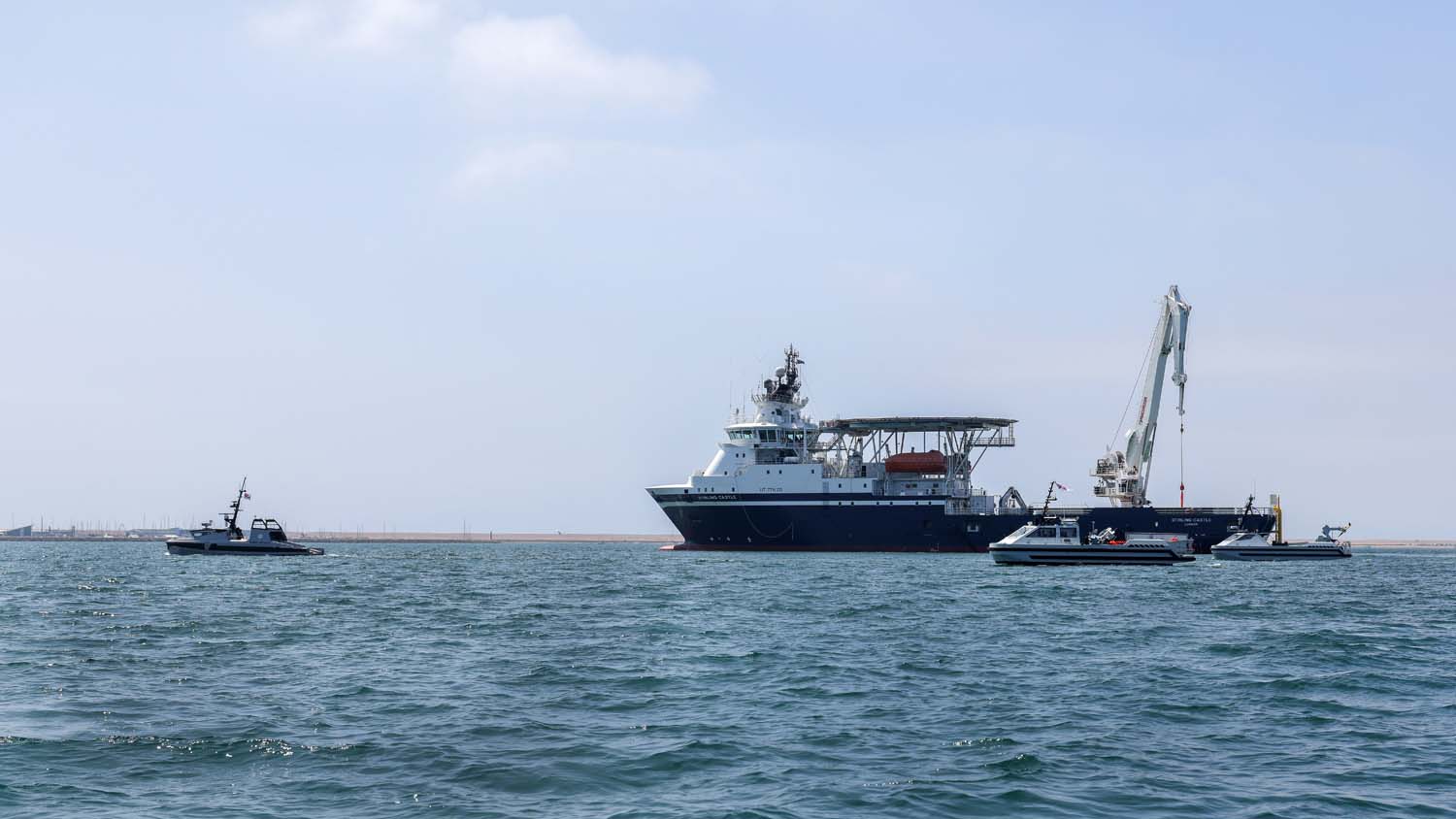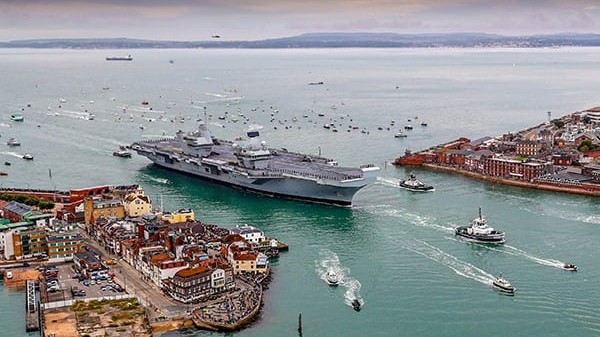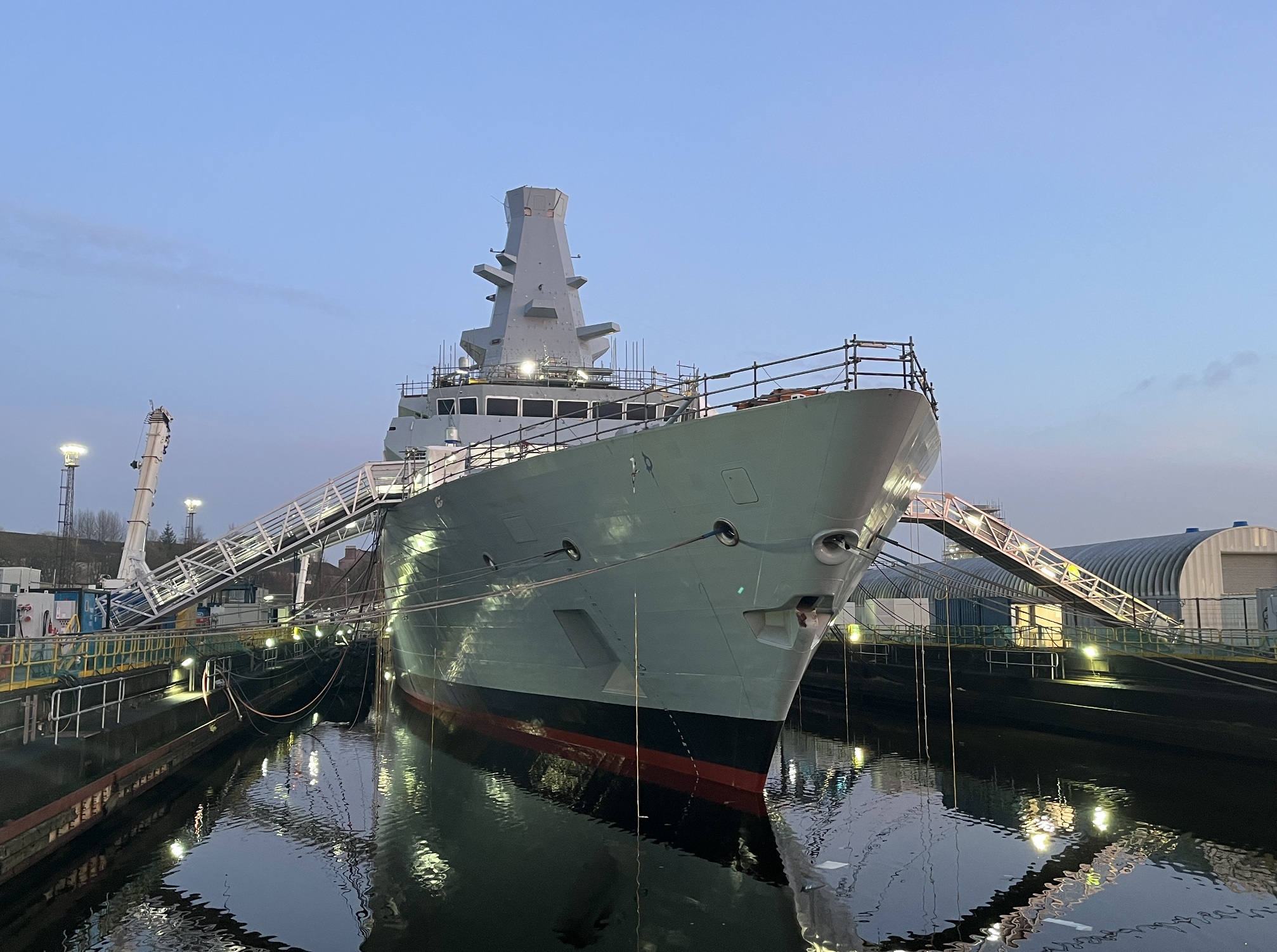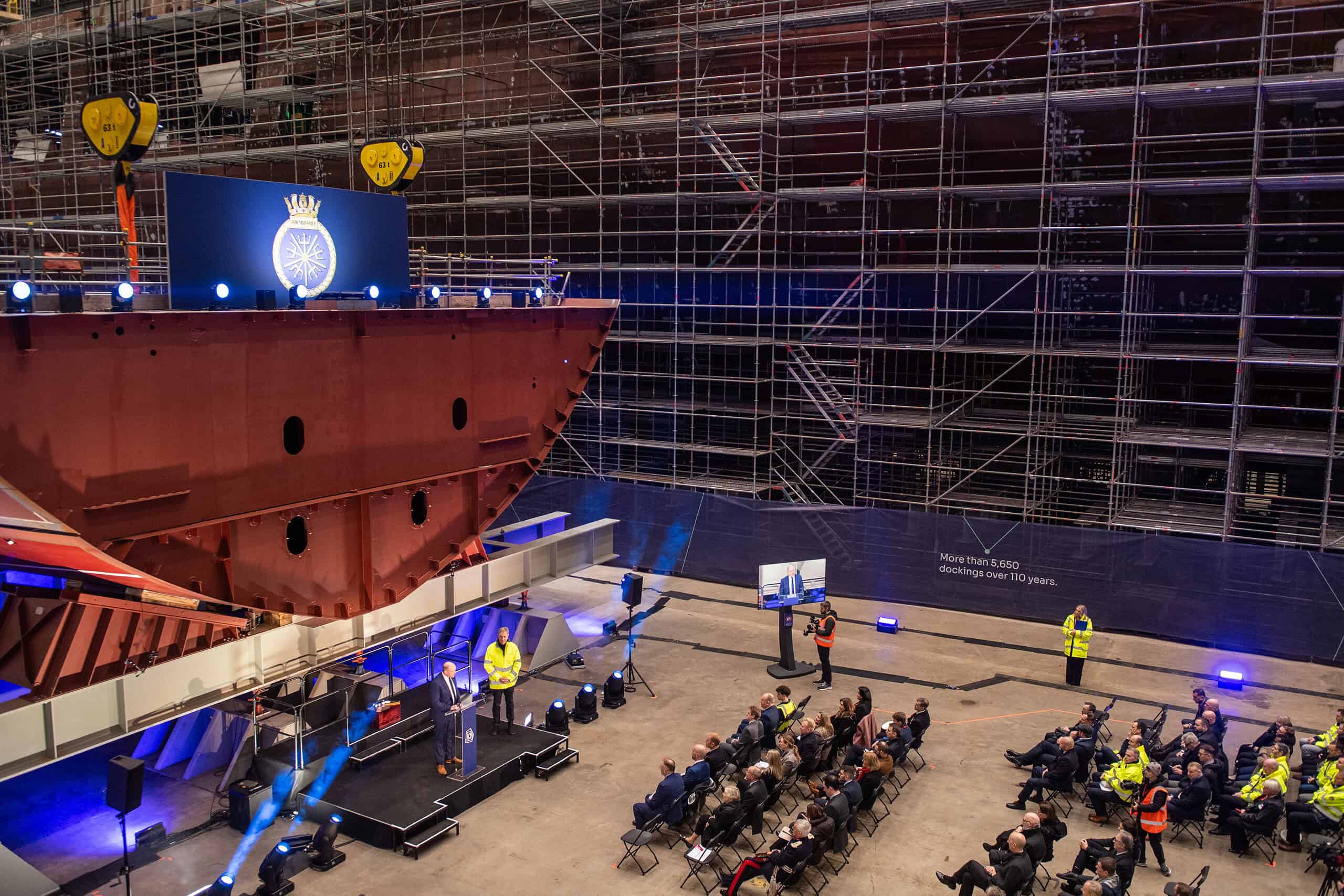Published 04 July 2023
Share this story
A minehunting “mothership” and autonomous vessels procured by DE&S to address the rapidly evolving threat posed by naval mines have been trialled together for the first time.
In what was a milestone moment for the future of Royal Navy mine counter measure operations, RFA Stirling Castle, which can host a suite of cutting-edge autonomous mine hunting systems, was joined in Portland by Royal Navy Motor Boats Apollo, Hydra and Hazard for a series of tests.
Carried out by DE&S and RN, the main aim of the trial was to prove autonomous vessels could be hosted on board Stirling Castle and eventually controlled/remotely-piloted from the ship. This will be the norm for the ship when she officially joins the RFA fleet following a naming ceremony in August and deploys on operations.
Andy Lapsley, DE&S Mine Hunting Capability (MHC) Team Leader, said:
“This is an important step in the incremental development of maritime autonomous systems, exploiting new technology to increase performance and reduce risk to sailors.
“This event was a truly collaborative endeavour across various DE&S departments, the Royal Navy, the Royal Fleet Auxiliary and industry partners. It paves the way for significant advances in the global deployment of this capability.”

Rear Admiral Ivan Finn, Director Navy Acquisition, added:
“These trials marks a key milestone in the delivery of the Royal Navy’s Mine Hunting Capability programme.
“Following her rapid procurement and delivery at the start of the year, RFA Stirling Castle has now embarked her first autonomous mine countermeasures systems.
“This has been achieved through the hard work of her ship’s company, the Maritime Autonomous System Trials Team, the Defence Equipment and Support delivery team, and our industry partners.
“We can now look forward to having Maritime Autonomous Systems permanently embarked and ready for operations over the coming months.”
Stirling Castle joined the Royal Auxiliary Fleet to act as a “mothership” for autonomous minehunting systems. When operational, the ship will launch and recover the vessels, as well as analyse the data they gather while scouring home waters for mines and underwater explosive devices.
In doing so, the ship and the autonomous boats will begin to replace traditional mine countermeasures vessels, instead exploiting a series of advanced payloads such as towed sonars and remotely-operated neutralisation systems from a Remote Command Centre.
The trials in Portland are the latest in the wider Royal Navy’s Mine Hunting Capability Programme. It follows on from separate work to develop the Maritime Mine Counter Measure’s primary systems – amounting to a technological leap for the future of mine hunting operations.













